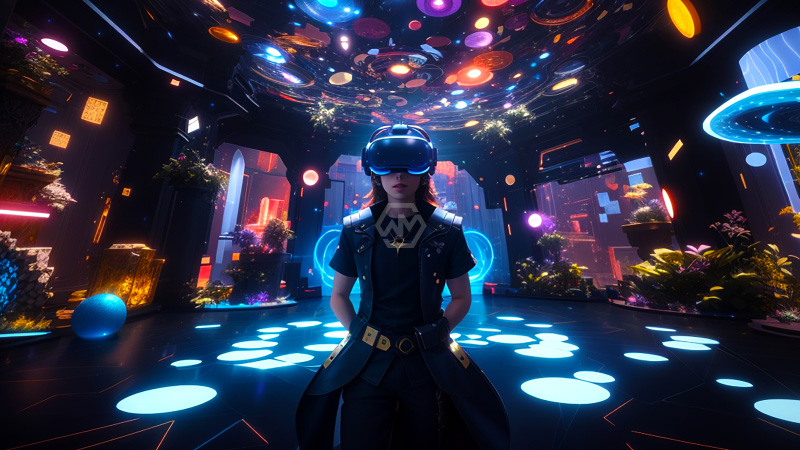- The metaverse is being coordinated and assembled utilizing advancements that as of now exist.
- Its full structure and buildout will require the utilization of advancements that don’t yet exist.
- For instance, quick delivery or registering in a 3D web-based space is beyond the realm of possibilities utilizing existing innovation.
- Be that as it may, gaming organizations specifically are now looking for answers for this test.
New advancements have consistently educated and changed our strict encounters. Paying attention to early radio stations during the 1880s was capable by quite a few people as strict because radio voices appeared to come from another aspect.
Seances ended up being ridiculously famous at the time since it was thought that radio had made a way for the soul world. Today, religion is encountering new changes.
Metaverse in Religion
The data-rich, picture-loaded character of the web can give better approaches to comprehending and making sense of strict movement. Even though support for proper strict exercises is declining in certain areas of the planet, new advancements will keep on illuminating our otherworldly lives.
The metaverse, the most current mode within recent memory, is an educational and experiential innovation where clients can associate in friendly conditions made in augmented experience (VR).
About a fourth of Americans currently go online to participate in strict exercises, like watching a lesson or understanding sacred writing. The metaverse will increment open doors for online strict encounters by developing clients’ feeling of having a place.
It will permit clients to stand by listening to other people, select and understand texts, relate to the circumstances of others, and offer individual and corporate parts of prosperity. Albeit still in its initial days, the metaverse has proactively drawn in the people who look for a strict encounter on the web.
Second Life, a VR climate delivered in 2003, has 37 virtual spaces for strict action. The religions addressed by these spots incorporate Christianity, Buddhism, Islam, and others.
Computer-generated reality can include virtual renditions of existing, or already existing, strict spaces. It can likewise furnish innovative spaces with no connection to the real world.
While VR permits to draw in with strict conditions on the web, it doesn’t yet permit clients to explore completely and consistently in a vivid strict space: standing, sitting, strolling, and speaking with others continuously, simultaneously, and tenaciously.
Be that as it may, as the innovation creates, giving significantly more vivid experiences will be possible. Correspondingly to TV and radio, online strict encounters in the metaverse will be alluring to clients of its valuable properties, which are at times called affordances.



